Unveiling the Mysteries of Mohenjo-Daro: Pakistan’s Ancient Indus Valley Civilization
In the heart of Pakistan’s Sindh province lies a remarkable archaeological site that has captivated the imaginations of historians, archaeologists,
and travelers for decades – Mohenjo-Daro. This ancient city, which thrived over 4,000 years ago, is one of the crown jewels of the Indus
Valley Civilization.
In this blog, we’ll embark on a journey through time to explore the enigmatic world of Mohenjo-Daro, shedding light on its history, architecture, urban planning, and the enduring mysteries that continue to puzzle experts.
The History of Mohenjo-Daro
Emergence of the Indus Valley Civilization: To understand Mohenjo-Daro, we must first grasp the context of the Indus Valley Civilization.
Around 3300 BCE, this remarkable civilization began to flourish in what is now modern-day Pakistan and northwest India. Mohenjo-Daro,
along with Harappa, is one of the principal cities of this ancient civilization.
Urban Planning and Architecture: Mohenjo-Daro’s urban layout was ahead of its time. The city was meticulously planned with
well-organized streets, advanced drainage systems, and multi-story buildings. Delve into the architectural marvels of this Bronze Age metropolis.
Economy and Trade: The Indus Valley Civilization was known for its extensive trade networks. Mohenjo-Daro played a crucial role as a trading hub.
Unearth the economic and trade activities that thrived within these ancient walls.
The Enigma of the Indus Script: One of the most tantalizing mysteries surrounding Mohenjo-Daro is the undeciphered Indus script.
This ancient script has been discovered on seals and artifacts but remains a puzzle for linguists and historians. Explore the various theories
and attempts to decipher this script, shedding light on what it might reveal about the civilization’s culture and language.
Everyday Life :
Mohenjo-Daro is not just an archaeological site; it’s a window into the lives and culture of the people who inhabited it. The artifacts,
structures, and remains found at the site provide invaluable insights into the society and way of life of the Indus Valley Civilization:
Housing and Sanitation: Mohenjo-Daro’s citizens lived in well-designed homes with access to a sophisticated sanitation system.
Discover how these ancient people maintained hygiene and comfort.
Art and Culture: The artifacts found at Mohenjo-Daro reveal a rich artistic and cultural heritage. Dive into the world of pottery, sculptures,
jewelry, and more, and learn about society’s artistic expressions.
The artistry of Mohenjo-Daro’s residents is evident in the sculptures, pottery, and jewelry found at the site. The “Dancing Girl” figurine and
the “Priest-King” statue are famous example of its artistic prowess.
Religion and Rituals: Gain insights into the religious beliefs and rituals of the Indus Valley Civilization, including the worship of deities
and the significance of various artifacts like the famous “Priest-King” statue.
Advanced Urban Planning: Mohenjo-Daro’s urban layout is a testament to the sophistication of its city planning. Its well-organized streets,
drainage systems and multi-story buildings point to a highly developed and organized society.
Trade and Economy: The presence of various artifacts, including seals and pottery, indicates the city’s active role in trade and commerce.
The seals, often depicting intricate animal motifs, suggest a system of symbols and possibly a form of record-keeping.
Social Equality: The absence of grand palaces or evidence of extreme social stratification suggests a society characterized by a relatively
high degree of social equality.
Writing and Script: The undeciphered Indus script found on seals and artifacts remains one of the most intriguing aspects of the civilization.
The symbols and script may hold the key to unlocking additional insights into their culture and language.
The Decline and Unsolved Mysteries :
Despite its advanced civilization and urban planning, Mohenjo-Daro met a mysterious end. Around 1900 BCE, the city began to
decline and was eventually abandoned.
Explore the leading theories behind this enigmatic decline, including environmental factors, possible invasions, and the transformation
of trade routes.
Mohenjo-Daro is shrouded in mystery, and one of the most enduring enigmas is the cause of its decline and eventual abandonment.
Several theories have been proposed, and while none have been definitively proven, they offer valuable insights into the city’s history:
Environmental Factors: Some scholars suggest that environmental factors, such as changes in the course of the Indus River, may have
contributed to Mohenjo-Daro’s decline. The city was heavily reliant on the river for its water supply and agricultural needs, and any
significant alterations in the river’s course could have had catastrophic consequences for the city’s survival.
Invasions and Conflicts: Another theory proposes that invasions or conflicts with neighboring cultures played a role in the city’s downfall.
Evidence of defensive structures, like fortifications and gates, has been discovered at the site, indicating that Mohenjo-Daro may have faced
threats from external forces.
Economic Changes: Changes in trade routes or economic systems might have affected the prosperity of Mohenjo-Daro. If the city’s trade
connections waned or shifted elsewhere, it could have led to economic hardships and a decline in the city’s fortunes.
Internal Factors: Some researchers consider that internal factors, such as social unrest, political instability, or the spread of diseases,
could have contributed to the city’s decline.
The truth likely involves a combination of these factors, and the debate among scholars continues to this day. The mysteries of Mohenjo-Daro
are a testament to the complexity of the ancient world and the challenges of piecing together its history.
Modern-Day Mohenjo-Daro
While Mohenjo-Daro’s ancient civilization may have vanished, the site continues to attract visitors and researchers from around the world.
It is a UNESCO UNESCO-recognized World Heritage Site in Pakistan. However, the preservation and conservation of the site face
numerous challenges:
Preservation Efforts: Archaeologists and conservationists are working tirelessly to preserve the ruins and protect them from the
environmental factors and urban development that threaten their integrity.
Tourism: The site’s popularity with tourists has grown, leading to concerns about the impact of visitor footfall on the fragile remains.
Sustainable tourism practices are being encouraged to balance the preservation of the site with public access.
Research and Ongoing Excavations: Ongoing excavations and research at Mohenjo-Daro continue to shed new light on the civilization’s
history and mysteries.
Visitor Experience: If you’re planning to visit Mohenjo-Daro, find practical tips, travel advice, and information about the current state of the site.
Experiencing the Indus Valley Civilization

Mohenjo-Daro, a testament to the achievements of the Indus Valley Civilization, continues to inspire awe and curiosity. While much is known
about this ancient city, many questions remain unanswered. The enduring mysteries of Mohenjo-Daro beckon to those with a thirst for history and
a fascination with the ancient world. As you wander through its ruins and artifacts, you’ll be transported back in time, unveiling a piece of Pakistan’s
rich cultural and historical heritage. Mohenjo-Daro is not merely an archaeological site; it’s a doorway to the past, a testament to human ingenuity,
and a mystery waiting to be solved by future generations of explorers and scholars.
Mohenjo-Daro, with its intricate urban planning, artistic achievements, and enduring mysteries, stands as a testament to the remarkable civilization
that once thrived in the Indus Valley. The city’s decline and abandonment may remain a mystery, but what it has left behind is a treasure trove of
knowledge about an ancient people whose innovations in urban planning, art, and culture continue to inspire and intrigue us today.
As you stand amidst the remnants of Mohenjo-Daro, you can’t help but feel a sense of connection to the people who lived here millennia ago.
Their legacy, hidden within the city’s ruins and artifacts, invites us to unravel the mysteries of the past and learn from the achievements of an
advanced and enigmatic civilization that continues to influence our understanding of human history. Mohenjo-Daro, though long lost in time,
lives on as a symbol of the enduring human spirit to innovate, create, and adapt to the challenges of the ages.
Read More:
- 29 Splendid and Historical Forts in Cholistan Pakistan
- Best places to visit during winter in Pakistan


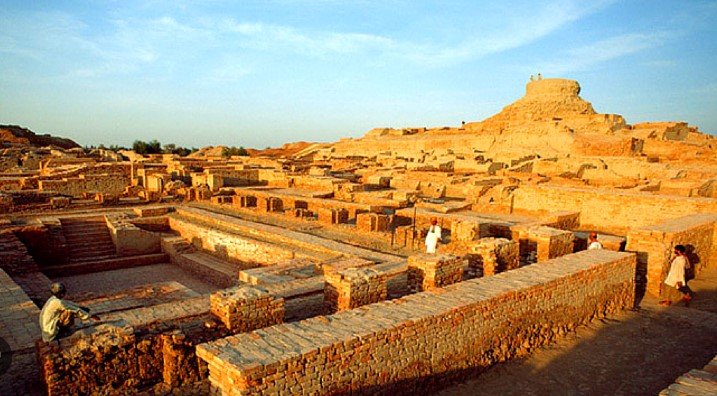
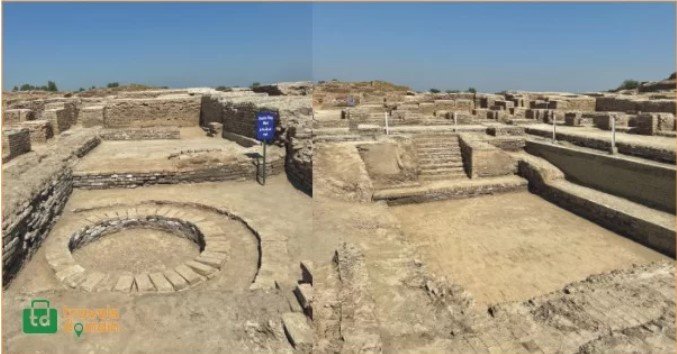
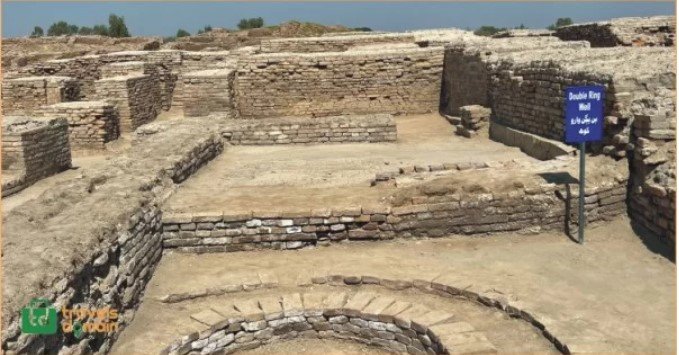
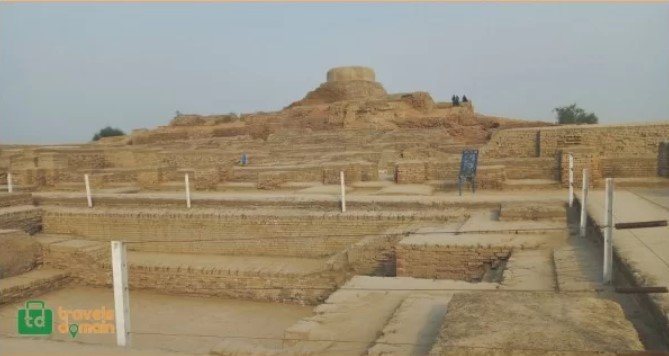
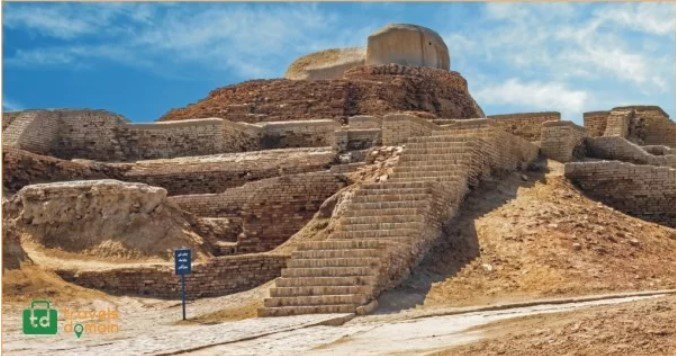
1 Comment